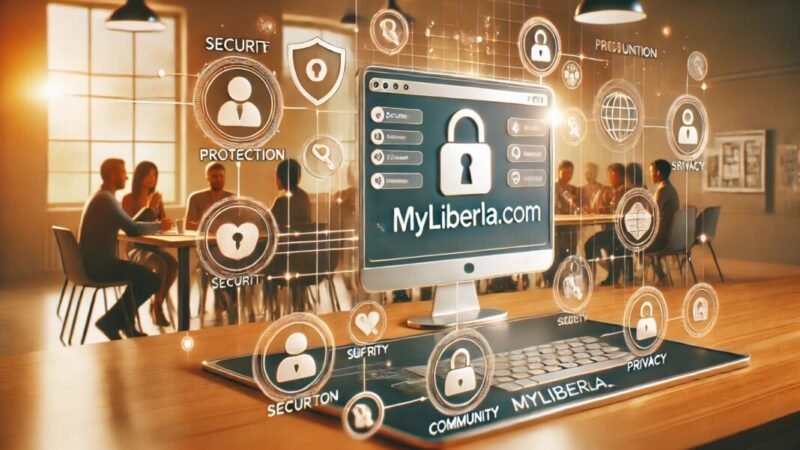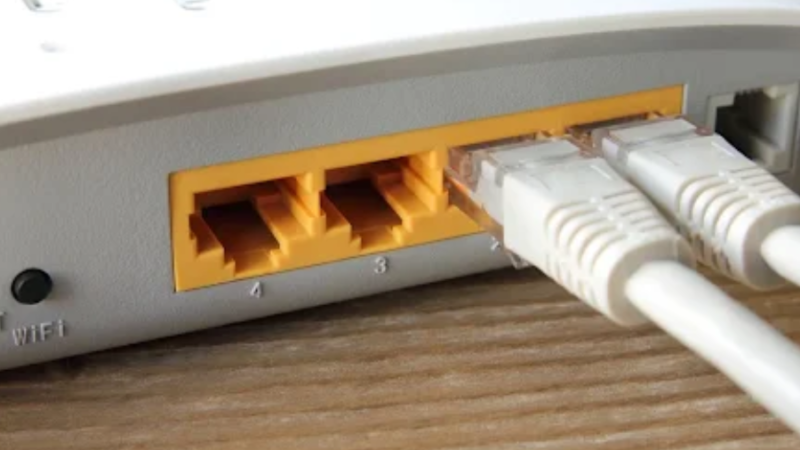Although you may not be known for the term “Internet of Things,” you may be more familiar with the terms “smart homes” or “connected homes,” which refer to the different IoT gadgets that make your home life simpler. However, IoT devices may be found both inside and outside the house. They can be each and everything from a WiFi pet webcam on your bookcase to a pacemaker implanted in your body. An IoT device may access the internet and have sensors that communicate data as long as it can connect to the internet. Although your cellphone can do both functions, it is not an Internet of Things device.
Almost every industry has benefited from IoT development services, which have made it easier to start new businesses and increase productivity. IoT solutions have made it easier to connect devices, manage tasks, assess opportunities, and securely send data. They provide a secure operating environment and aid in corporate expansion.
Because of the IoT’s inception and quick expansion, a robust value chain of objects, data, processes, and people has emerged. The goal is to provide a smooth communication line between gadgets and people by creating an ecosystem that includes multiple digital components. It would ultimately simplify operations on a variety of levels.
What are the advantages of the Internet of Things?
The Internet of Things (IoT) is intended to make our lives easier. The IoT stack helps us to lead a comfortable life. Consider the following examples:
- Smart bathroom scales, in conjunction with your treadmill, provide meal preparation suggestions to your computer or smartphone, ensuring that you stay healthy.
- Security gadgets keep an eye on your house, turning on and off lights when you enter and depart rooms and video streaming so you can look in while you’re away.
- Smart voice assistants can place your normal takeout order on your behalf, making getting fresh groceries brought to your door a snap.
How Does an IoT Solution Work?
Four unique components make up an IoT solution: sensors/devices, connection, data management, and a user interface. I’ll go through each element and what it does in detail below.
1. Sensors/Devices
Sensors or gadgets acquire data from their surroundings first. This might range from a basic temperature readout to a complete video stream. Because several sensors may be packed together or sensors might be part of a gadget that does more than just perceive things, I use the term “sensors/devices.” Your phone, for example, is a device with several sensors (camera, gyroscope, GPS, and so on), but it is not just a sensor. Regardless of whether it’s a solitary sensor or a whole gadget, data is acquired from the environment in the first stage.
2. Connectivity
The data is then delivered to the cloud (what is the cloud?), but it must first find a means to get there! Cellular, satellites, WiFi, Wireless, low-power wide-area networks (LPWAN), or attaching directly to the internet through ethernet are all options for connecting sensors/devices to the cloud. Each choice has compromised in terms of power consumption, range, and bandwidth (here’s an example). The optimum connectivity choice depends on the IoT application, but they all achieve the same goal: transferring data to the cloud.
3. Processing of Information
After the data is sent to the cloud, it is processed by software. This might be anything as easy as ensuring that the temperature measurement is within permissible limits. It might also be quite complicated, such as identifying things using computer vision on video (such as intruders in your house). But what happens if the temperature rises too high or if your home is invaded?
4. User Experience
The data is then made usable to the end-user in a certain way. This might be done by a user alert (email, text, notification, etc.). An SMS alarm, for example, when the temperature in the company’s cold storage is too high. A user may also have a platform that lets them check in ahead of time. A user may, for example, use a smartphone or a web browser to monitor the live footage in their home. It isn’t always a one-way street, though. The user may be able to conduct activities and influence the depending on a variety of the IoT application. For example, the customer may utilize an app on their phone to modify the temperature in the cold storage.
Applications of IoT
In short, the Internet of Things is a fast expanding network of interconnected items that can gather and share data in real-time using embedded sensors. The Internet of Things can link thermostats, automobiles, lighting, refrigerators, and other objects.
Smart House
At present, the smart home is the most popular IoT application since it is the most inexpensive and widely available to customers. There are hundreds of items on the market that customers can control with their voices, ranging from the Amazon Echo to the Nest Thermostat, to make their lives more linked than ever.
Wearables
Watches aren’t simply for telling time anymore. By allowing text messaging, phone calls, and other functions, the Apple Watch and other wearables on the market have transformed our wristbands into smartphone holsters. Fitbit and Jawbone, for example, have helped alter the fitness sector by providing individuals with more data about their routines.
Smart Cities
The Internet of Things is capable of altering whole cities by addressing real-world issues that inhabitants experience on a daily basis. The Internet of Things may alleviate traffic congestion and minimize noise, crime, and pollution with the right connections and data.
Connected Car
These automobiles have Internet connectivity and may share it with others, similar to how a wireless network in a house or office works. More automobiles are being fitted with fobs rather than physical keys, which utilize sensors to handle anything from remote start and alarm activation to opening the trunk and opening the vehicle with smart locks.
Conclusion
In short, the Internet of Things is a rapidly growing network of networked objects that use embedded sensors to collect and transmit data in real-time. The Internet of Things can connect thermostats, cars, lights, refrigerators, and other devices.






Recent Comments